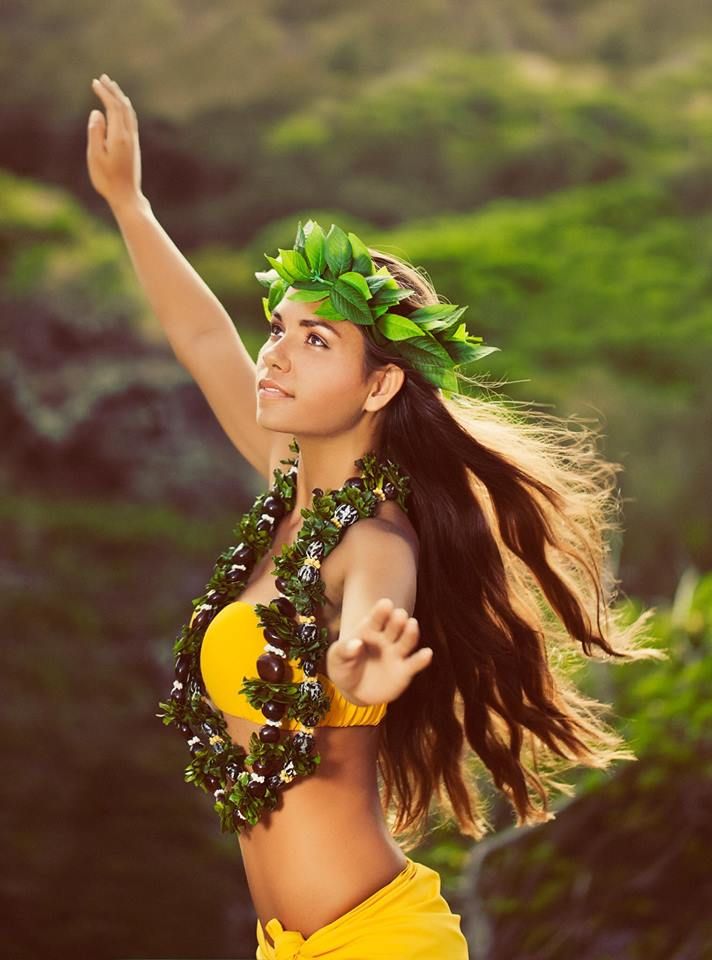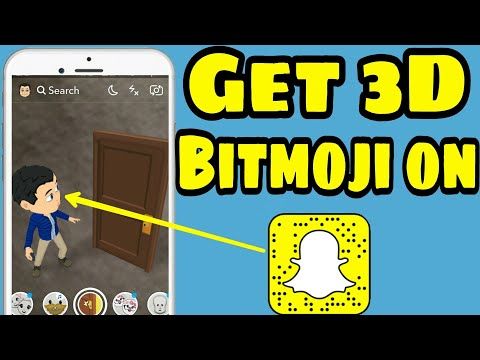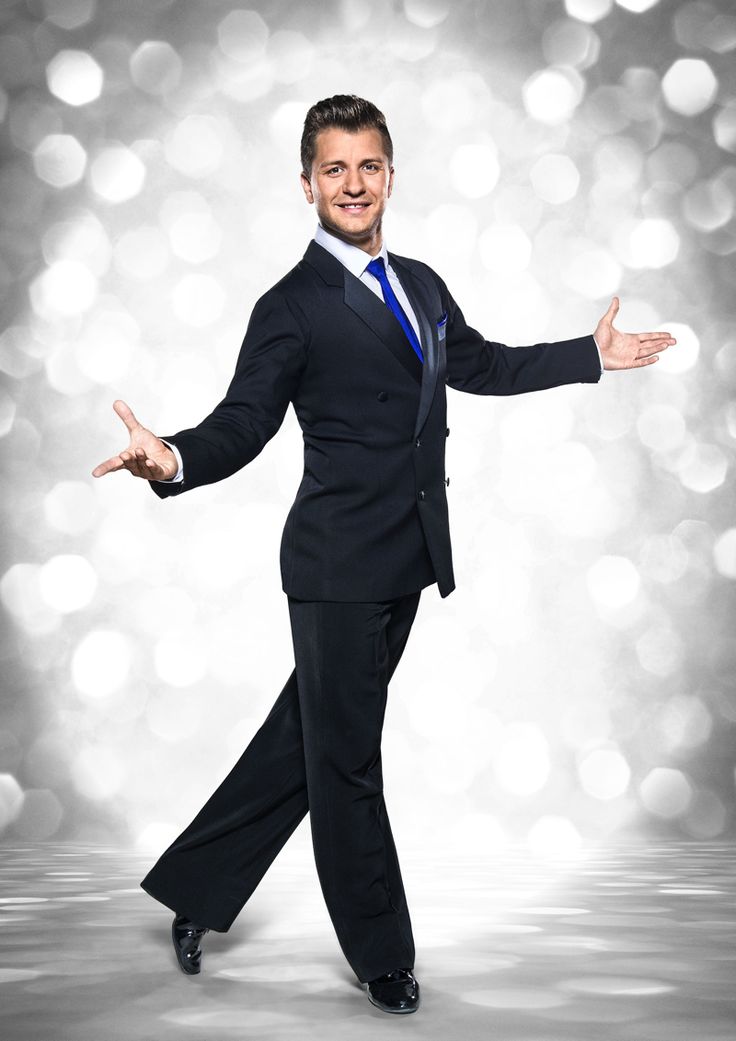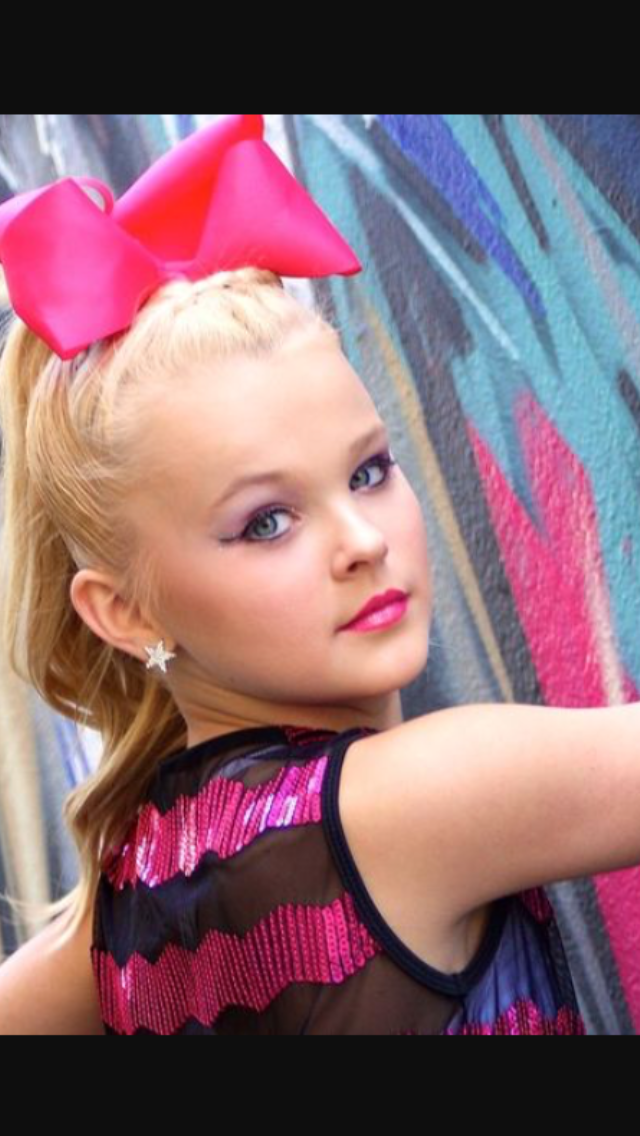Learn how to hula dance for kids
Learn How to Hula Dance! | How to Hula Dance for Kids
SHARE THIS:
Famous for its sandy beaches and warm weather, Hawaii is a tropical paradise. Part of what makes Hawaii so special is its rich island culture. Hawaiians have their own traditions, language, and even their own dance form called Hula. Hula is a graceful art form that is danced to the words of a song (mele) or chant (oli). Ancient Hawaiians danced Hula to tell stories about their history and to celebrate the beauty of nature. But you don’t need palm trees to enjoy Hawaiian culture. Get ready to move your feet, swing your hips, and learn to dance the Hula with Little Passports! With a these easy-to-learn dance moves, you and your little ones can bring the beauty of the islands right to your doorstep.
Step-by-Step Hula
Move your feet!
Stand facing forward with your feet hip-width apart and bend your knees. Step 8 inches to the right. Bring your left foot to meet your right foot, keeping your left foot slightly off the floor, and tap the ground once with the ball of your left foot to complete the move. Repeat, taking another step the right, bringing your feet together, and tapping the ground with the ball of your left foot. Now go back the way you came! Step to the left, bring your right foot to meet your left and tap the ground with the ball of your right foot. Repeat this move to the left again. That’s it! Continue to practice stepping two times to the right and then two times to the left until you feel comfortable with the footwork.
Did you know? Hula is almost always danced barefoot.
Did you know? Traditional Hawaiian instruments that accompanied Hula dances were made of shells, rocks, and even teeth!
Now add your hips!
Keeping the same pattern–two steps right and two steps left–try adding some hip movements.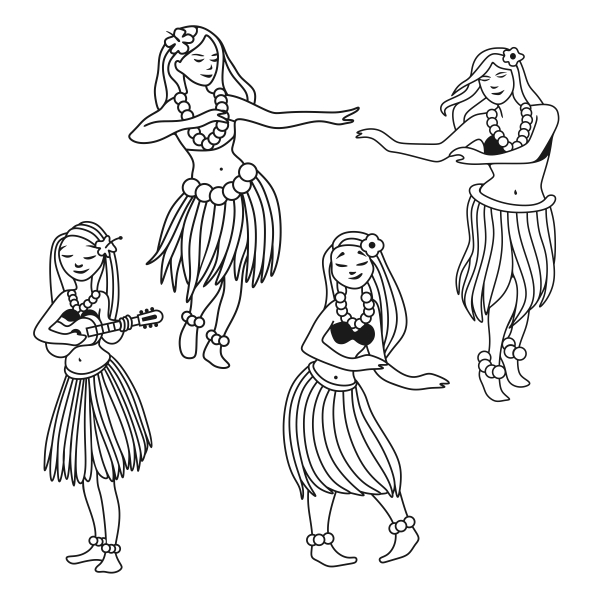 During the Hula, your hips should keep a gentle rocking or swaying motion–similar to the ocean waves! When you step to the right, lower your right foot toe-to-heel and lift your left hip up. As you bring your feet together, switch so that your right hip is up. Before your next step, sway your hips side-to-side. Repeat the same motion as you take your second step to the right. Remember to sway your hips side to side before each step. Now try this motion to the left: left foot toe-heel, right hip up, feet together, left hip up, rock hips side to side. Repeat. Make sure to keep your knees bent and hips loose as you continue to step and sway!
During the Hula, your hips should keep a gentle rocking or swaying motion–similar to the ocean waves! When you step to the right, lower your right foot toe-to-heel and lift your left hip up. As you bring your feet together, switch so that your right hip is up. Before your next step, sway your hips side-to-side. Repeat the same motion as you take your second step to the right. Remember to sway your hips side to side before each step. Now try this motion to the left: left foot toe-heel, right hip up, feet together, left hip up, rock hips side to side. Repeat. Make sure to keep your knees bent and hips loose as you continue to step and sway!
Complete the move with arm motions!
Extend your arms out to the side at shoulder level. Bend your left arm so your hand is in front of the left side of your chest and your palm is facing down. Your right arm should stay extended, with your elbow slightly bent and fingers together. As you take your steps to the right, move your arms in a gentle, wave-like motion.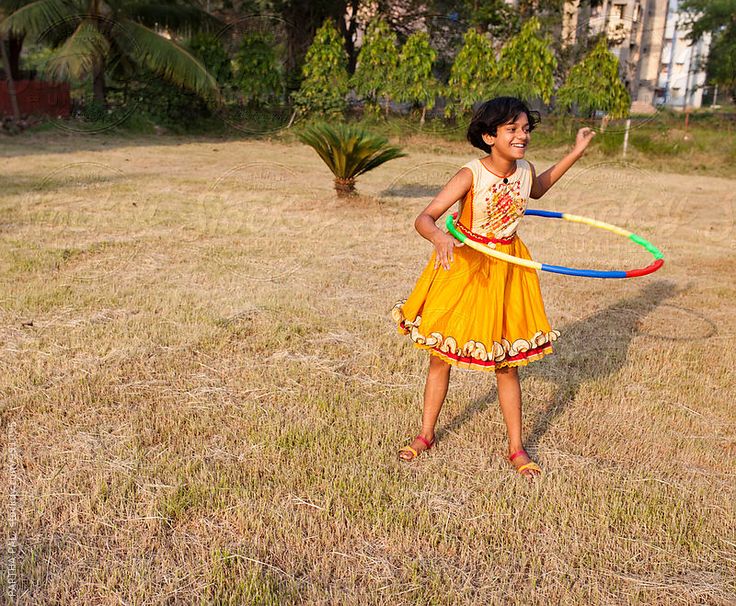 Before your first step to the left, switch your arms so that the left arm is extended and the right arm is bent in front of the right side of your chest. As you take your steps to the left, continue to move your arms in a wave-like motion. As you move, keep your body relaxed and your shoulders still. Remember to switch arms every time you switch directions.
Before your first step to the left, switch your arms so that the left arm is extended and the right arm is bent in front of the right side of your chest. As you take your steps to the left, continue to move your arms in a wave-like motion. As you move, keep your body relaxed and your shoulders still. Remember to switch arms every time you switch directions.
Did you know?
Hand and arm motions can be used to represent emotions or aspects of nature.
Add your own flair!
Once you’ve mastered this basic Hula dance, feel free to add some more moves from the list below to spice it up! Remember to use your face and eyes to tell the story of the song you are dancing to.
Ami: With hands on your hips, rotate your hips in a circular motion.
Ka`apuni: Keeping your hips moving in a circular motion like the Ami, pivot around the left foot and step slowly with the right foot around the left foot to complete a full turn.
Rising Sun Hand Movement: Start with your hands together at knee level.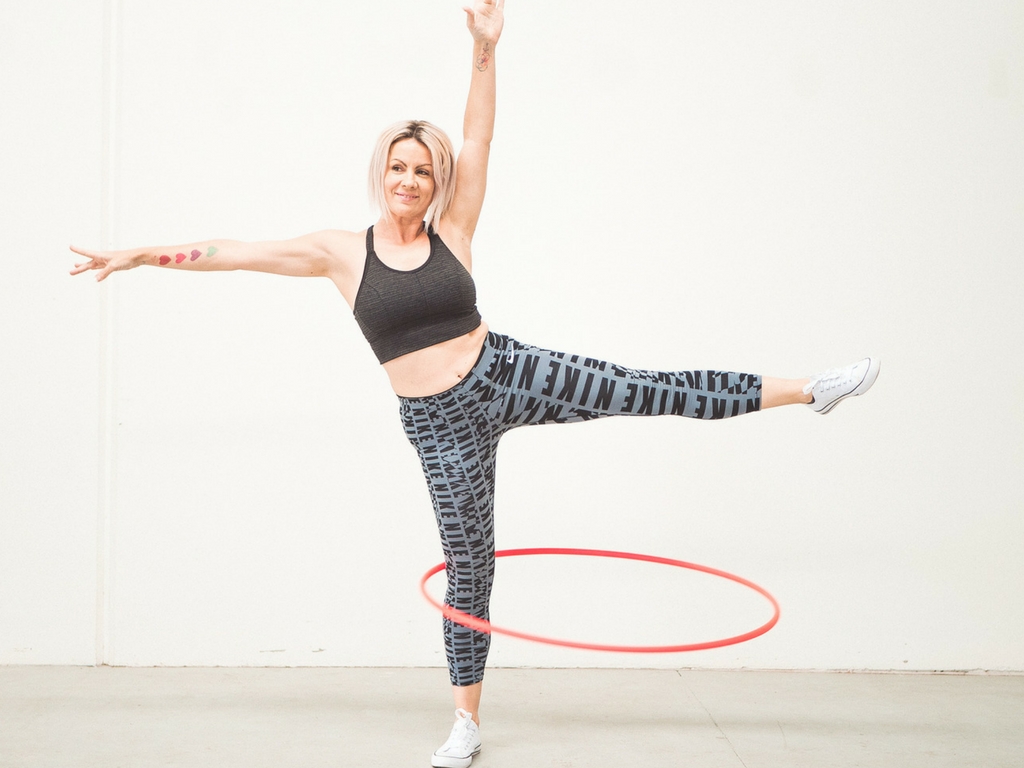 In a sweeping motion, move the arms outward and upward until they are above your head and fingertips nearly touch. Form the shape of sun with your arms extended over your head with your palms turned upward and your fingertips touching.
In a sweeping motion, move the arms outward and upward until they are above your head and fingertips nearly touch. Form the shape of sun with your arms extended over your head with your palms turned upward and your fingertips touching.
Uwehe: Standing with feet hip-width apart, step in place with your right foot. Keeping knees bent, lift both heels up off the ground in a popping motion, and then place them back down. Now step in place with your left foot. Do the popping motion again.
Hela: Starting with your feet together, point your right foot forward. Return feet together. Point the left foot forward. Bring your feet back together.
Love Hand Movement: With your palms facing your body, cross your hands in a X-shape on your chest to show embracing love.
Don’t forget to smile and have fun!
Learn How to Hula Dance! from Little Passports on Vimeo.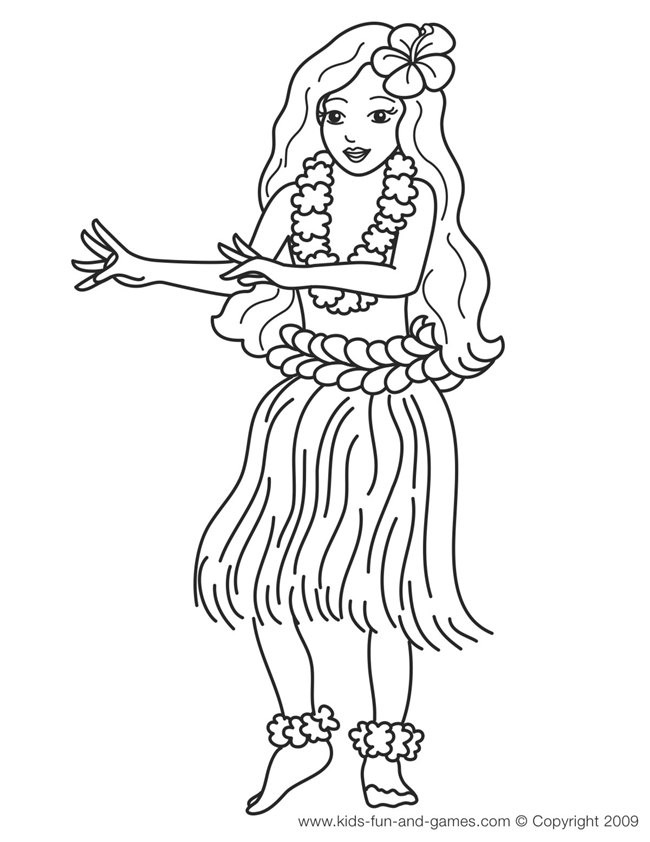
SHARE THIS:
Related Posts
Cozy Up to a New Tradition
Fireplaces and flannel. Cocoa and cuddles. Blankets and bunny slippers. What are your family’s favorite ways to get cozy? With back-to-school behind us and the holidays ahead, we think October is the perfect time to pause that to-do list for some cozy family fun inspired by traditions around the globe. Hygge Fire Stories The world…
Coffee Love, Across the Globe
As mornings get colder and darker heading into fall, parents across the U.S. shiver out of bed and head straight for the coffeemaker. Did you know coffee is the second-most popular drink worldwide, second only to tea? The U. S. actually has a whole day to commemorate its java fix: National Coffee Day on September 29.…
S. actually has a whole day to commemorate its java fix: National Coffee Day on September 29.…
Foods of the World Scavenger Hunt
While many of us aren’t traveling as much these days, we can still introduce our little ones to the smorgasbord of tastes, sights, and smells out there in the world. In honor of World Tourism Day, let’s take a mouthwatering tour around the globe with this fall scavenger hunt for the senses. India: Pumpkin Paratha…
MORE FROM OUR BLOG
Get Free Activities and Exclusive Offers
Enter your email
Blog Categories
Hula for Kids - HĀLAU HULA O KĀHEALANI
Interested in registering yourself or your child? click here.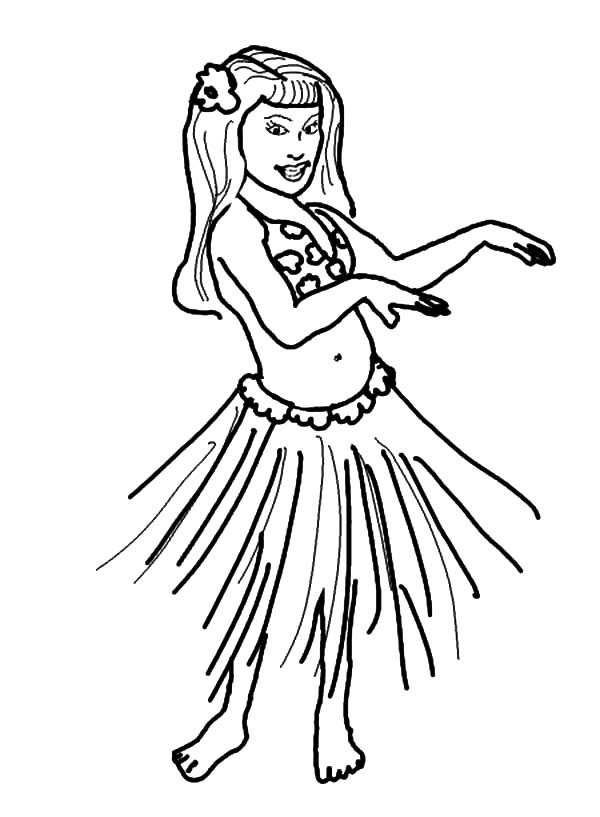
Keiki Hula
Hula dancing has many benefits for adults as well as children. Hula is one of the best ways to learn about the Hawaiian culture, language, customs and protocol. In Hawaii and abroad, students learn hula at a very young age. Many schools in California offer something different to their students (performance, competition, cultural sharing, etc.) Finding a hula school in your area that is right for you will take some time and research.
Halau Hula O Kāhealani is culture and learning based. Students are not required to perform however small performances are available for students that are interested in experiencing “the stage”. Please read below for a description of our keiki classes.
PAPA KUPUKUPU (Age 5 - and up)
This 30 minute class is designed to provide the maximum amount of instruction in a shorter period of time. This has been proven to be the most effective way of teaching physical activity to kinder aged-children. Children are introduced to hula through basic hand and foot movements helping them to develop coordination and rhythm. They will also learn to sing songs in Hawaiian to encourage learning the language. Children learn all basic hands and feet movements according to Ike Kumu basics (handout). They will learn ancient, contemporary and noho hulas. In addition they will be slowly introduced to dancing with hula implements (short kala’au, pu’ili). This class will help prepare the student to move forward in skill and understanding required in the next level.
Children are introduced to hula through basic hand and foot movements helping them to develop coordination and rhythm. They will also learn to sing songs in Hawaiian to encourage learning the language. Children learn all basic hands and feet movements according to Ike Kumu basics (handout). They will learn ancient, contemporary and noho hulas. In addition they will be slowly introduced to dancing with hula implements (short kala’au, pu’ili). This class will help prepare the student to move forward in skill and understanding required in the next level.
PAPA LIKO
Students will be tested on Hawaiian vocabulary and need to know the Ike Kumu basics. They will learn dances which require more complex movement and coordination. Hula implements used in this age group will be ipu, ‘uli’uli, pu’ili and ‘ili’ili. This class will help prepare the student to move forward in skill and understanding required in the next level (Papa lauaʻe)
PAPA LAUA'E
At this level, students will have mastered the foundation skills for both ancient and modern styles of hula. Because teens learn at a rapid pace they will be learning on average one hula per month. Ancient hulas will include ‘Ai Kahiko (hulas written in the 20th and 21st centuries that follow the stylistic protocols of the ancient hula kahiko) and lineage kahiko. At times this class will be strenuous both physically and mentally. Please be sure to bring water and a towel to class.
Because teens learn at a rapid pace they will be learning on average one hula per month. Ancient hulas will include ‘Ai Kahiko (hulas written in the 20th and 21st centuries that follow the stylistic protocols of the ancient hula kahiko) and lineage kahiko. At times this class will be strenuous both physically and mentally. Please be sure to bring water and a towel to class.
PAPA LEHUA
At this level, students will have mastered the foundation skills for both ancient and modern styles of hula. The advanced class is responsible for learning ALL dances taught in the hālau and be able to perform it professionally on stage.
Students in this class will be required to perform at festivals, recitals and cultural sharing programs as requested. To be a member of this class, students must first pass a test (entrance exam).
Hawaiian hula dance Online publication "Elements of Dance"
And outside the homeland, the dance can be seen quite often. The peculiar spiritual practice of the Polynesians appealed even to the conservative Japanese: in some dance schools in the Land of the Rising Sun, up to 5,000 students study hula.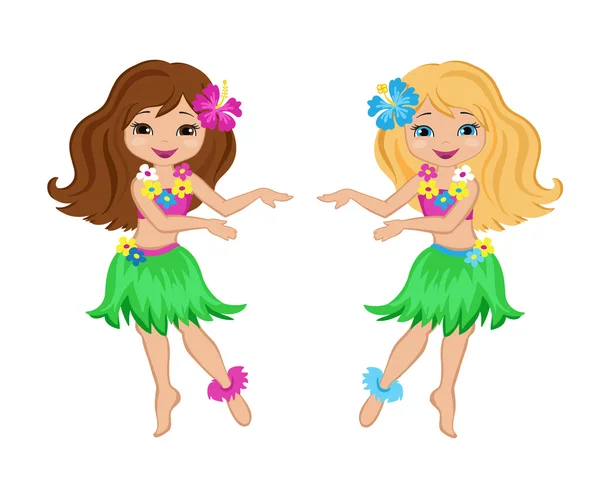
The formation of the dance took place over several centuries, and today there are several versions of it: the Polynesian hula kahiko proper and the modern hula auana formed under the influence of Europeans, and it is the second version that is popular. As for kahiko, since ancient times this dance has been more solemn than entertaining. It was dedicated to the goddess Laka, and also performed at ceremonies honoring the leaders. They treated him with full responsibility: the slightest mistake during the dance was interpreted as a bad sign.
Hula is associated with ancient legends about local gods and heroes: according to one of them, the author of the dance was the aforementioned Laka, while in another it is about the mighty hero Hiiaka, who, with the help of this dance, tried to calm his angry sister Pele, the patroness of volcanoes. According to another version, the creator of the hula was Pele herself, who first performed it on the top of the crater.
The people, who for a long time did not have a written language, created their chronicle through movements, and the hula dance is a story in which every gesture has a meaning.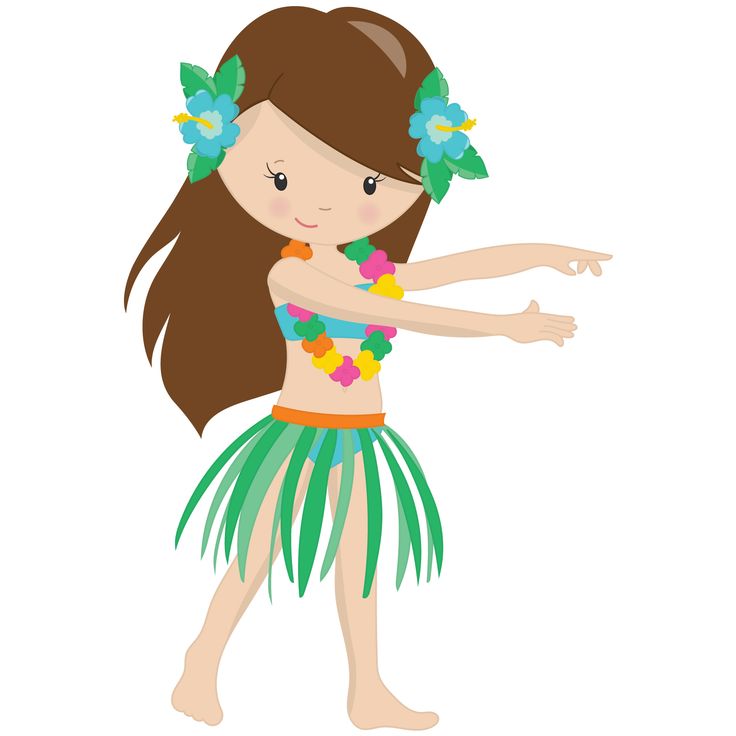 Connected with nature and dependent on its whims, since ancient times, the Hawaiians have sought to appease their gods, glorifying the spirits that patronize the mountains, the ocean, and the earth.
Connected with nature and dependent on its whims, since ancient times, the Hawaiians have sought to appease their gods, glorifying the spirits that patronize the mountains, the ocean, and the earth.
To Europeans who arrived in Polynesia at the end of the 19th century, hula seemed to be an overly frank pagan dance, and therefore fell under the ban. The Christian missionaries must have been shocked to see the practically naked dancers dressed only in grass skirts. However, having undergone censorship, the dance did not disappear without a trace - it simply entered a new phase of development. This is how auana arose, a variant of hula, which today is considered almost a local landmark and attracts tourists from all over the world. And girls adorned with flowers and making leisurely wave-like movements with their arms and hips can be seen in every creation of the Hollywood Dream Factory, if we are talking about Hawaii.
But the essence of the dance has not changed, and it is still based on the idea of unity with nature, despite the fact that even the musical instruments that accompany it are of Western origin: electric guitar, bass guitar, ukulele (Hawaiian variety guitars). Initially, kahiko hula instruments were bamboo sticks, volcanic stones, gourd, coconut and fish skin drums. Traditionally, the hula is sung to the accompaniment of singing, but the text of the song can change, and it can tell about the events of ancient times, as well as about the incidents of our time.
Initially, kahiko hula instruments were bamboo sticks, volcanic stones, gourd, coconut and fish skin drums. Traditionally, the hula is sung to the accompaniment of singing, but the text of the song can change, and it can tell about the events of ancient times, as well as about the incidents of our time.
In the West, hula is considered a dance of women, but it has long been performed by men, whose traditional attire was loincloths, complemented by bracelets and necklaces. A distinctive feature of the male version was more abrupt movements, demonstrating the strength and courage of the dancer. It is interesting that so far the dance teachers are men.
There is no consensus on how to dance hula: there are a number of movements that can be performed in any combination, depending on what the song is about. Knowing the meaning of the text, the dancer creates an image, choosing the necessary “building materials” from movements and gestures.
In addition to being beautiful, graceful and exotic, hula also has a beneficial effect on the body, as it promotes relaxation, helps to find spiritual harmony, restores balance and simply allows you to enjoy life at any age - and, by the way, the Hawaiians themselves most revere the elderly dancers who managed to keep a young heart.
Hawaiian hula dancing: Aloha Studio
Dear friends! All the beauty on our website was "covered with sanctions" (as it is on Google).
Work is underway to restore images.
But the studio classes are on schedule, all the articles on the site, including downloadable materials (music, and hula video lessons) are still working.
We open a new season and invite you to dance TOGETHER with us!
Have you ever danced Love? Did ancient legends tell their dance?
Hawaiian hula dancing is a very soft, relaxing dance practice where your feet kiss the ground, your hips sway gently, and your hands gently tell amazing stories one more beautiful than the other.
We dance about
- how the sun shines and we run to the beach with a surfboard,
- how to weave cherished desires into wreaths,
- how to find your soul mate and keep love in marriage,
- find the support of your kind,
- awaken your soul.
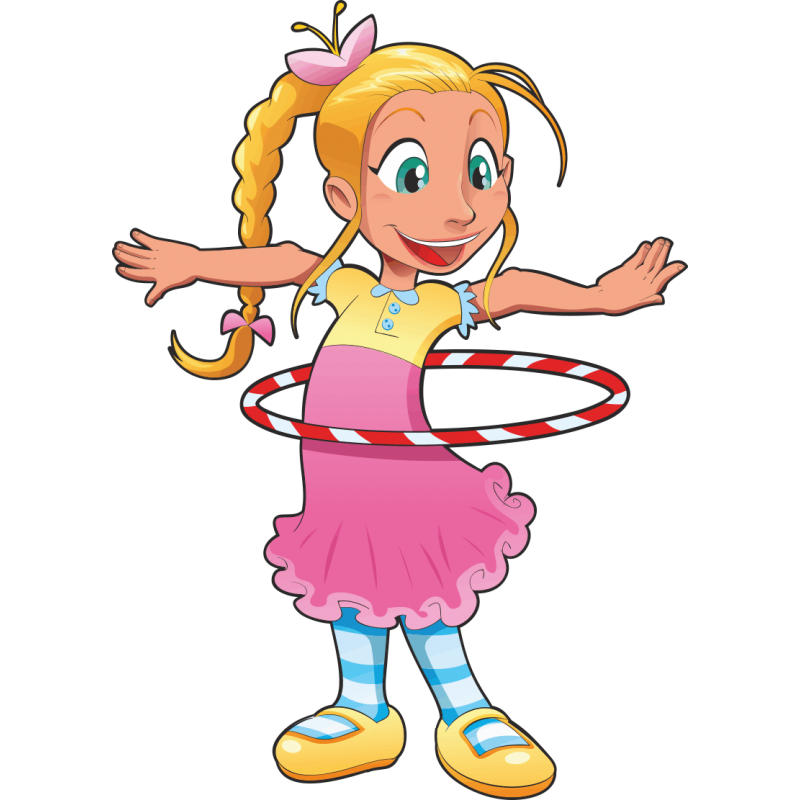 .... energies of love and joy...
.... energies of love and joy... Hula is truly the happiest dance in the world.
COME TO US
and feel it all for yourself at the first lesson :))!
By the way: there are no restrictions on age, sex or health for hula, they are danced even in clubs for pregnant women and in rehabilitation centers :)).
* Saturday 10.30-12.00 (metro station Vasileostrovskaya) - beginners
* Wednesday 18.30-20.00 (metro station Nevsky pr.) - continuing and lively beginners))
THE FIRST LESSON IS FREE
When buying any subscription on the first day, a 10% discount.
The exact addresses of the halls, the cost of classes, what we dance in, and other questions: The schedule of Hawaiian dance classes in St. PetersburgThe first video of classes in our new group (perhaps the first in Russia, at least, I whom I have not met such groups) - CHILDREN and MOM WITH CHILDREN.
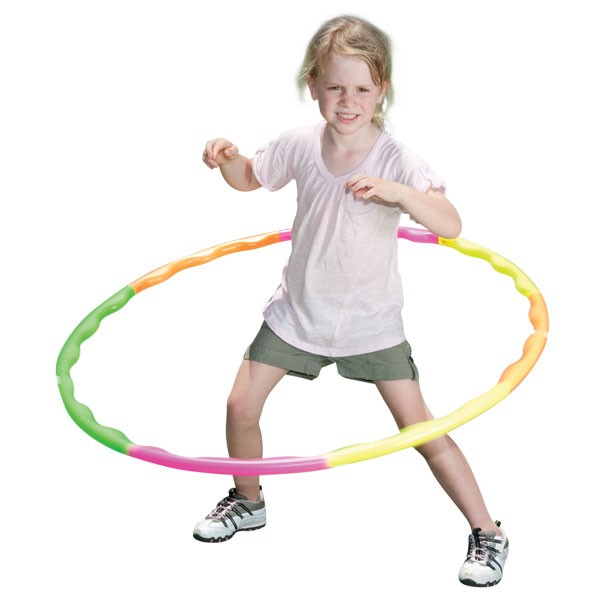
Two girls - Ksyusha and Nadya - have been dancing without their mothers for 3 months.
And many mothers go dancing with their kids - like Masha with her daughter Alena (who is probably 4 years old - not enough, but she steadfastly holds on for the first 20 minutes for sure, and then sits next to the column and starts crocheting)).
Nastya and Darina don't go often, although they like to dance about pearl shells and fishing...
And, of course, about surfing - this is our general hit.
We don't have any boys yet - but in the adult group (on Saturdays) there is a very respectable man, an expert on Slavic runes and much more on the no less respectable name Leo)).
The schedule and addresses of both groups, as well as a phone number for signing up for a trial (free) lesson - at the end of the video.
Come, everyone is welcome
Read more »
Hawaiian dances - a new feature of the project "SuperWoman: Transformation-2020"!
Spring is just around the corner - and we have joined the project "SuperWoman-Transfiguration", and already from THIS week and until May 1 NON_STOP every Saturday we will make the plastic of the participants more feminine, the gait is more confident and softer, the posture is royal, and we will immerse them in the magical world of wonderful Hawaiian love dance stories
As part of the project, we train on Saturdays at Vasileostrovskaya from 11 to 12, and from 12 to 13.
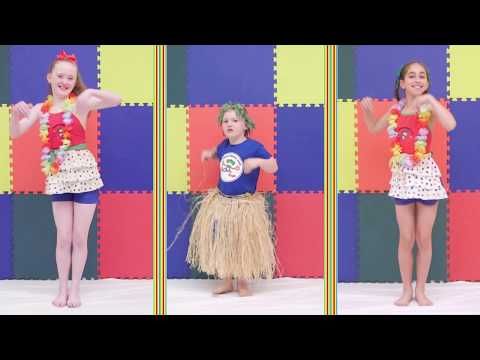 30 in the same place - we are engaged in our usual group of beginners for everyone.
30 in the same place - we are engaged in our usual group of beginners for everyone. Everyone is welcome!
Project "Transformation" https://vk.com/superwoman_spb
Read more »
Hula for the song "WHAT IS WAITING FOR ME" from the movie "MOANA". Educational video course
The dance to Moana's wonderful song "What awaits me" (How far I'll go) was created shortly after the release of the cartoon. And although it conveys the inner conflict of the heroine and the choice of her path in life - it is made in such a Hawaiian way gently and pacifyingly that ... it's a very special feeling when you dance it.
Because your own conflict is calming down. And you see more clearly what your heart tells you...And although this dance can not be called fully Hawaiian hula, it is worth learning and dancing :))
Read more »
How, remembering your past, heal from its pain and gain strength
Hawaiians have hooponopono for this, which they use immediately (happy people!) - so they have no (or almost no) problems that have been following them since childhood. Well, at least if they resorted to ho'oponopono.
Now I know: THAT'S WHY they have so well preserved in their souls the ability to love and live peacefully.
But what about those who have such a past, the wounds of which do not heal?
How to get out of habitual, not the most successful patterns of behavior and really become the master of your life?
And if there is no sense of the strength of the lineage, the strength born from childhood, which give us support in life and the ability to walk through it confidently, then how can we find this support?
Read more »
Hula Lei Nani - "Beautiful Lei", 3 Hawaiian secrets on how to keep the love of a man.
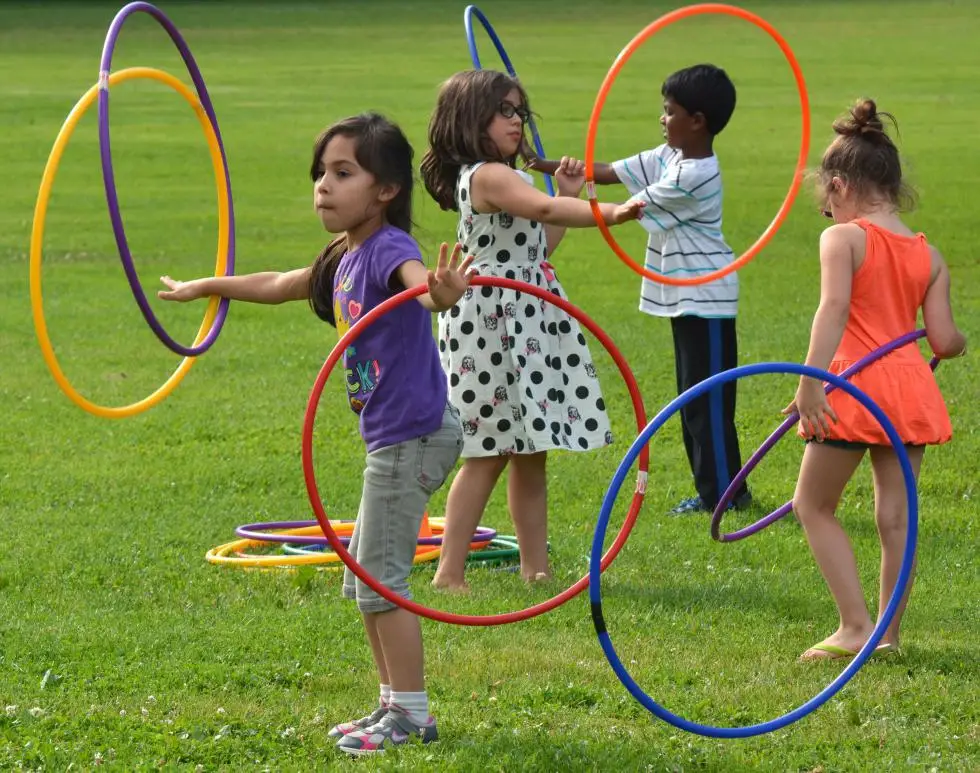 Educational video course
Educational video course Perky, playful, radiant Hawaiian dance about love for a man, Hula Lei Nani not only plunges us into a state of falling in love and flirting with a man with whom we have been together for a long time.
But also gives 3 wonderful secrets of how to keep this feeling in the soul for many years.These are the Hawaiians: you just dance, knowing the text and the hidden meaning of each verse - and the wisdom invested in the dance imperceptibly grows in you, changing your life for the better, filling it with the light of aloha - the joy of being together.
1. What is included in the video course:
- Full dance instructional video (mirror recording for ease of learning),
- Explanation of the meaning of each gesture,
- We will talk about exactly how love is experienced, what happens to us when we meet our soul mate,
- etc.
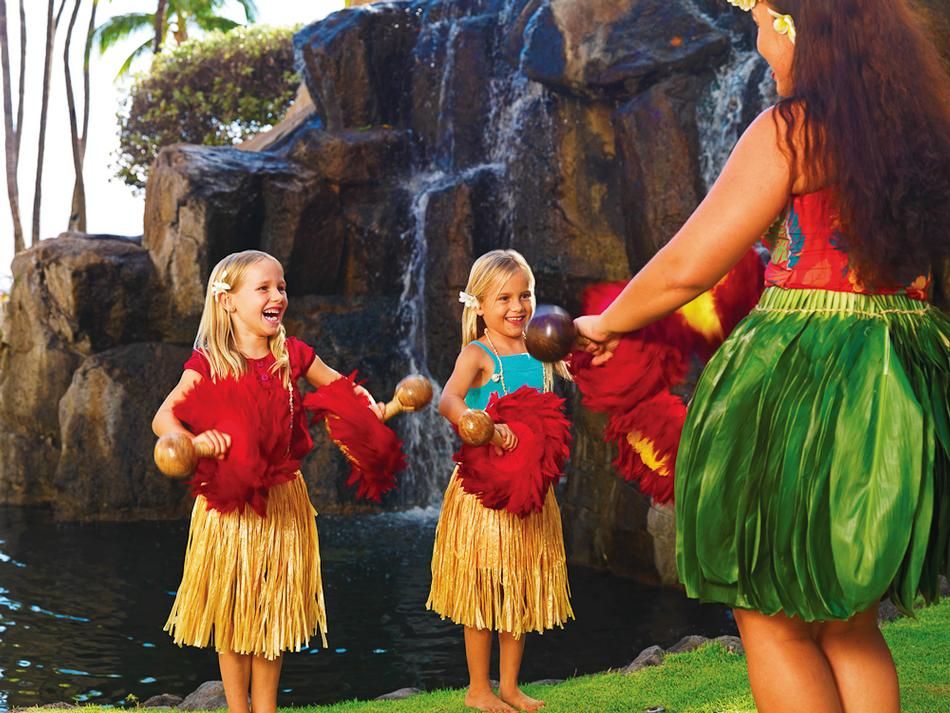 there are many different gestures for love in this hula - you will learn how in each case different love gestures denote different love experiences,
there are many different gestures for love in this hula - you will learn how in each case different love gestures denote different love experiences, - Hawaiian mele text and Russian translation (word file),
- Track in mp3.
- Full dance video, with my full voice acting,
- and more.
Reviews:
2. HOW TO BUY the Hula "Lei Nani" video course:
Just click "Transfer", choose the payment method convenient for you (via Yandex wallet / by bank card), complete the purchase - and the link to the course will open automatically:
can also be paid directly to the card (Elena Vladimirovna Sh.):
Sberbank 54695550038157837
Alfabank 4261012633522520
In this case, write to me after payment,
What course you boughtand where you also transferred the money and I also transfer I will send the link.
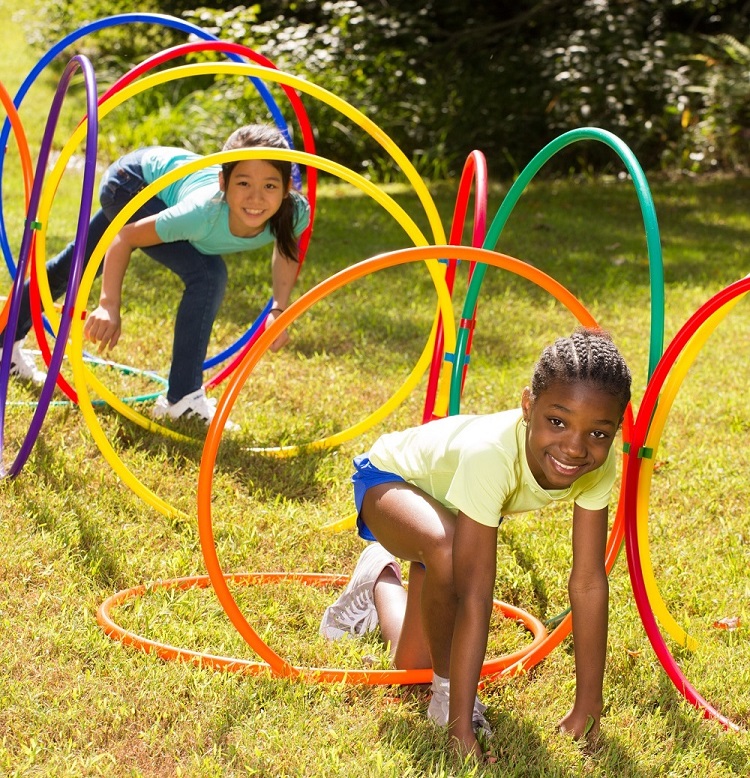
My e-mail: [email protected]
Vkontakte: .With love, Elena Shandrikova
Ho'okane and ho'owahine are "adopted" husband and wife. Hawaiian Family Traditions
Here in Hawaii, the more I learn about Kanak family traditions (before the arrival of Europeans), the more I admire their clarity and humanity. Including the tradition of "adopted" family ties.
There is a tradition here to establish family ties even between a guy and a girl who like each other, but do not choose to build a family together.
There is no sexual relationship between them. They can generally be married and faithful to their marriage partners. But there is some kind of attraction, closeness of souls.
Such relationships have a name here.
Read more »
Hula Mele Ohana is a dance of gratitude to one's family. Educational video course
This song (mele) literally translates as "Song to the family" or "Dedication to the family" and in fact these are words of heartfelt, very deep gratitude, not only to one's family, but also to one's native land, which is completely Hawaiian.

